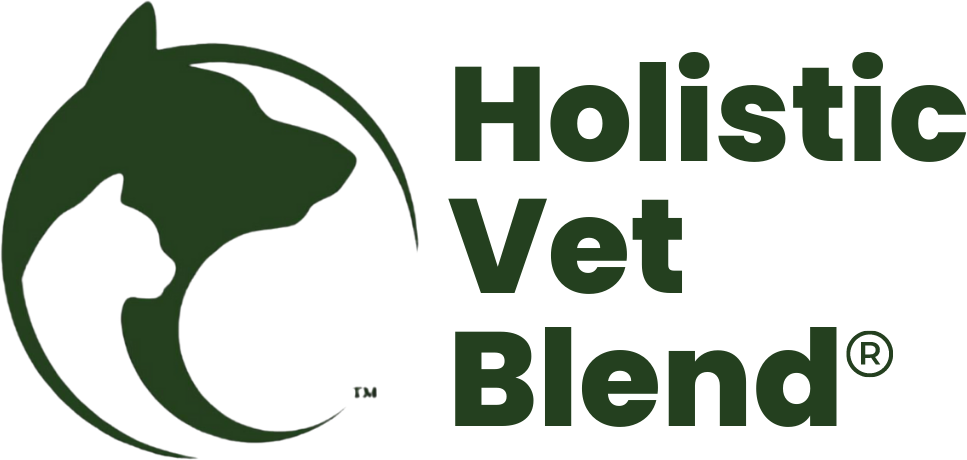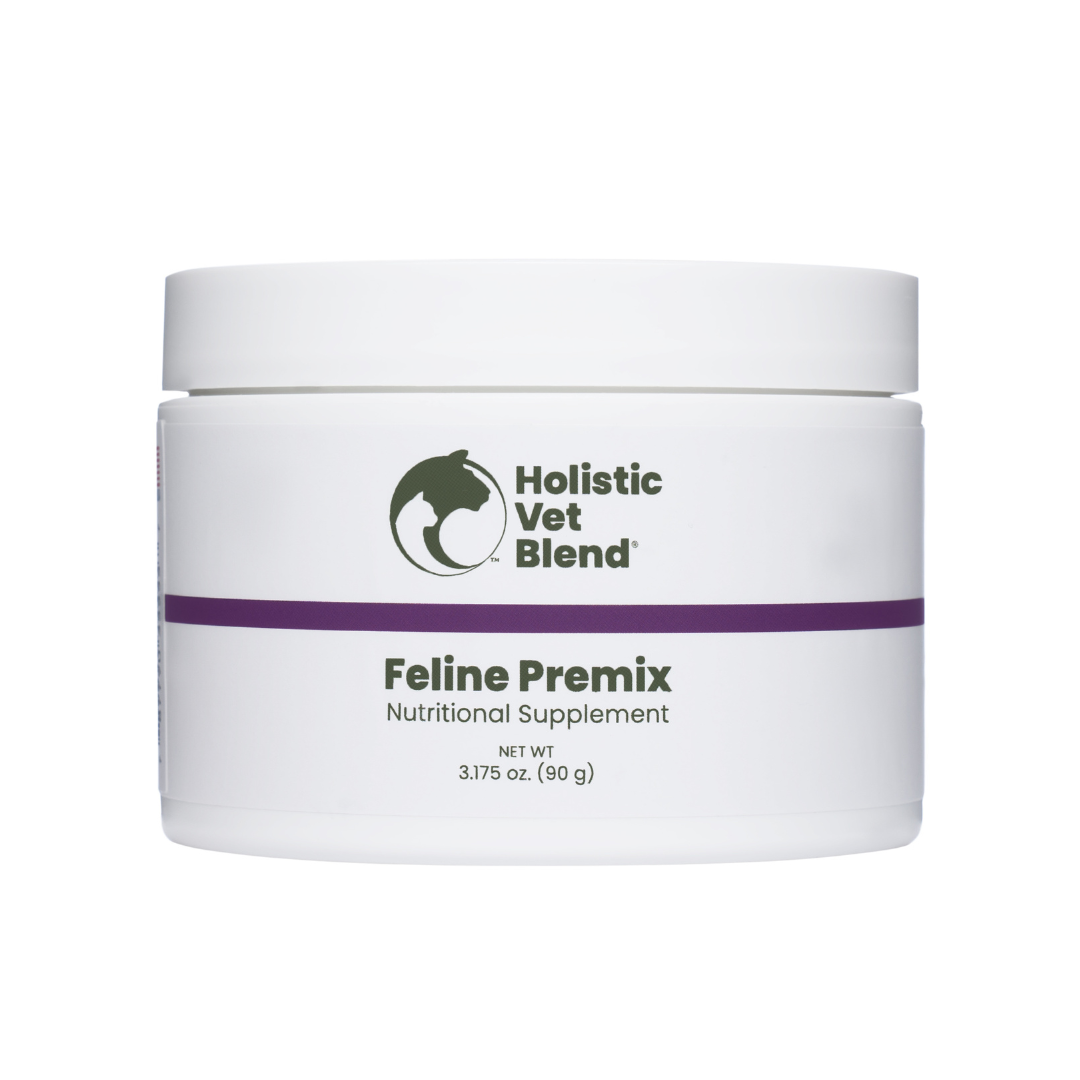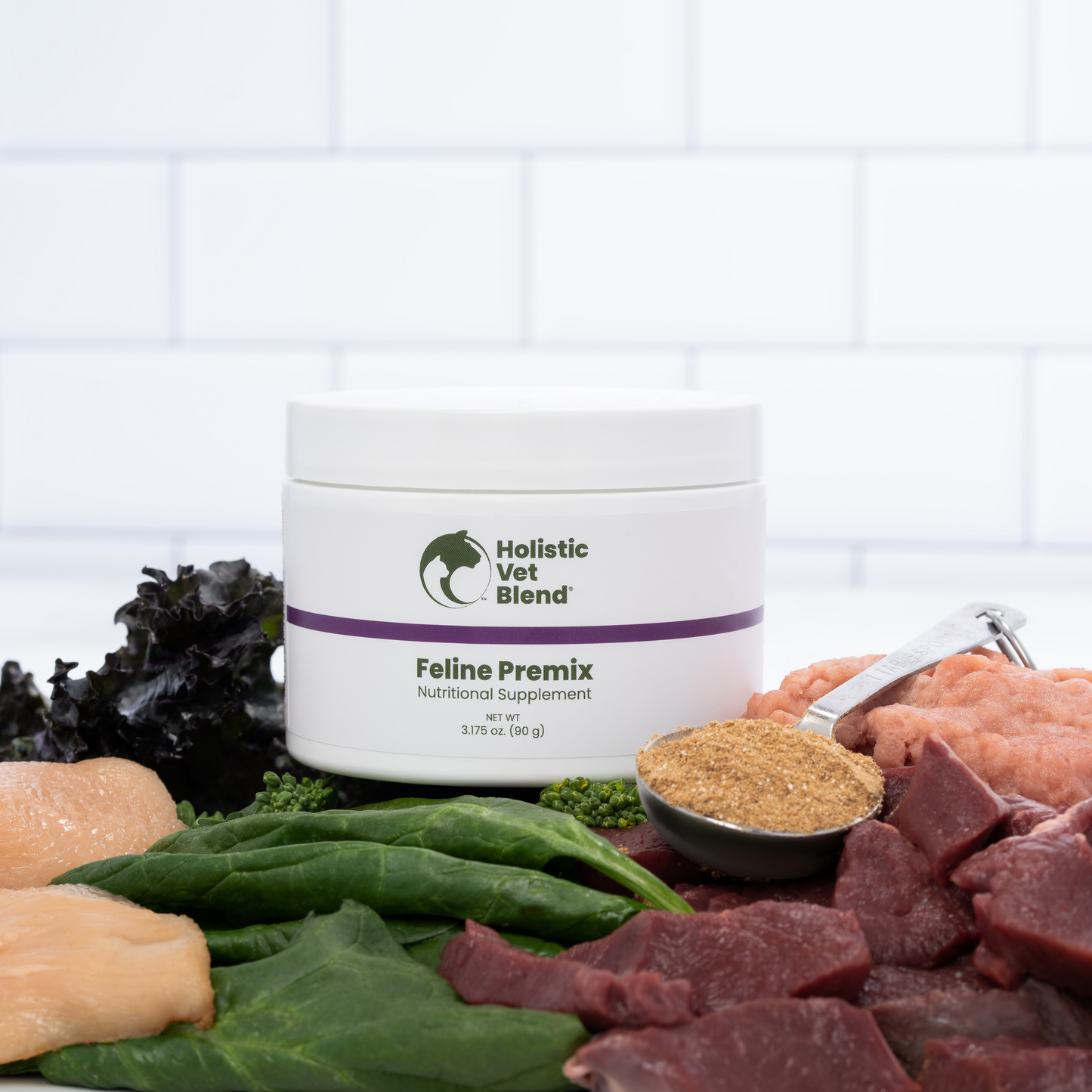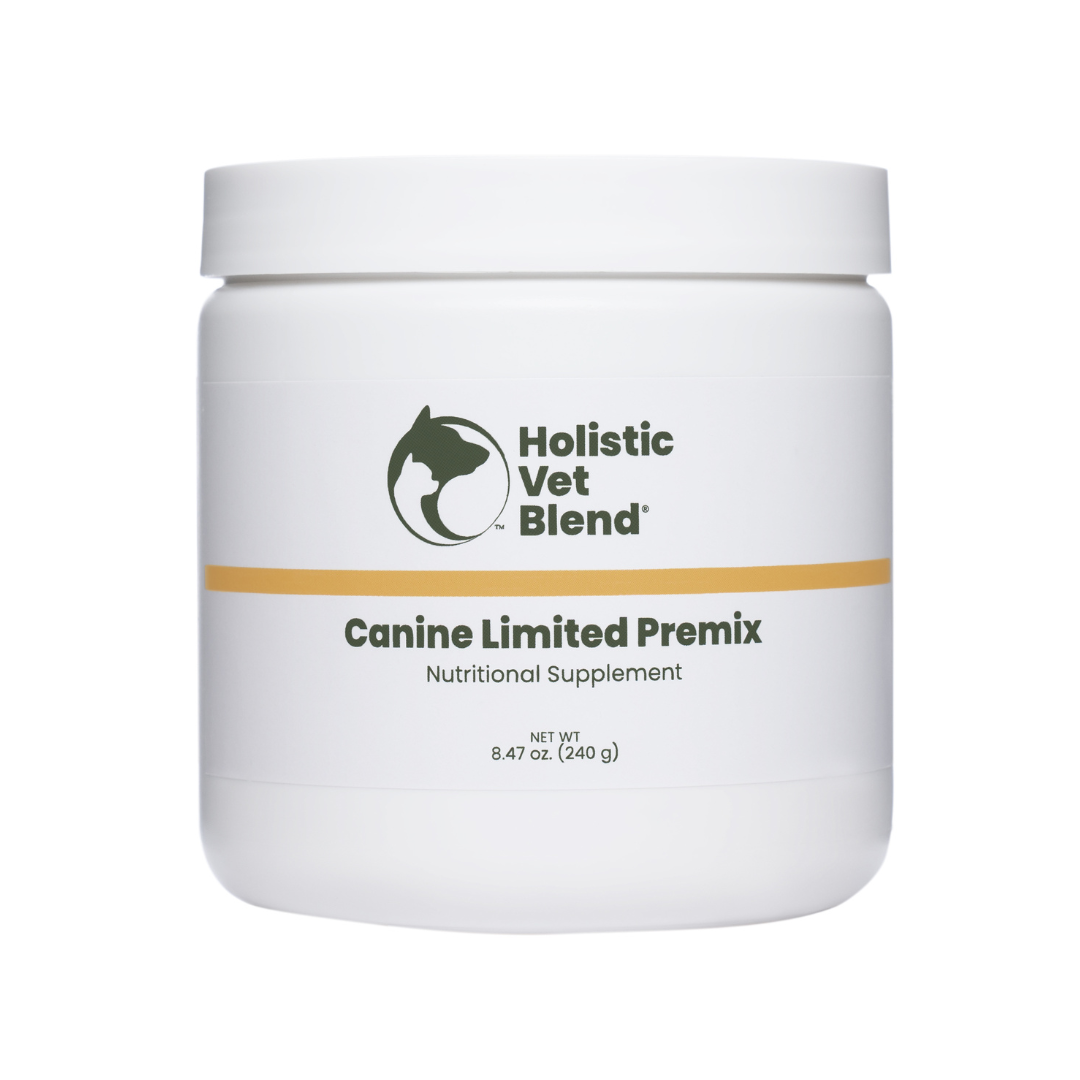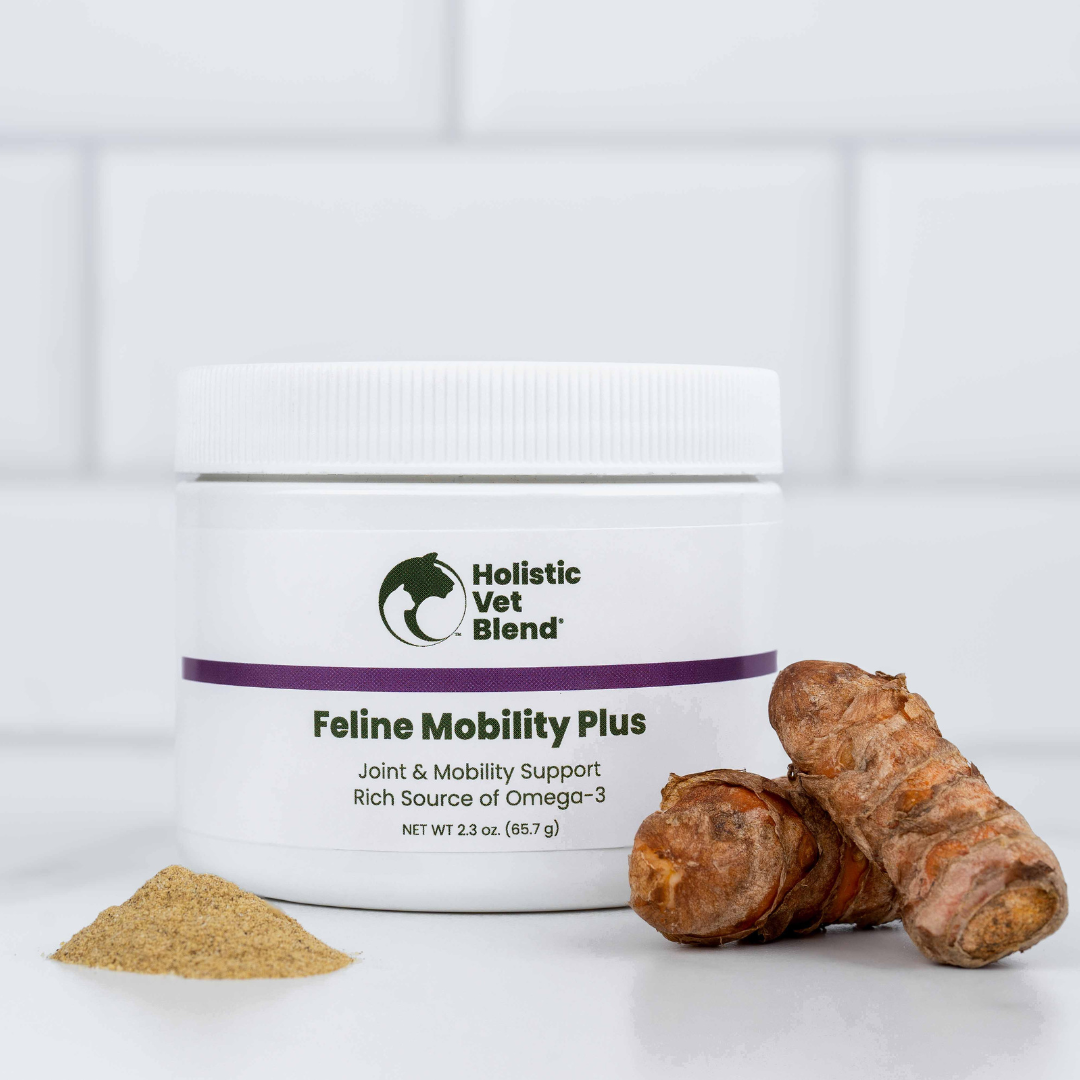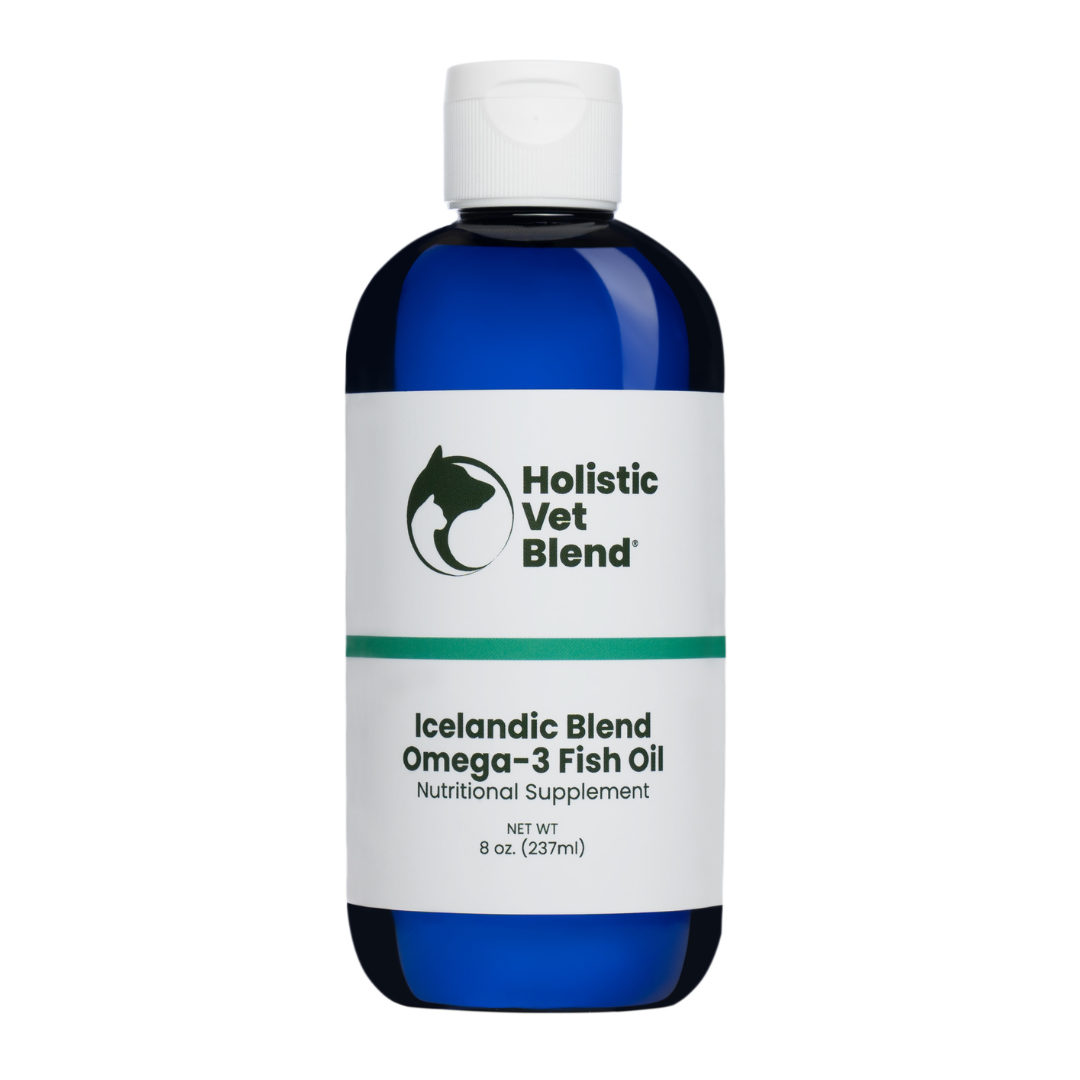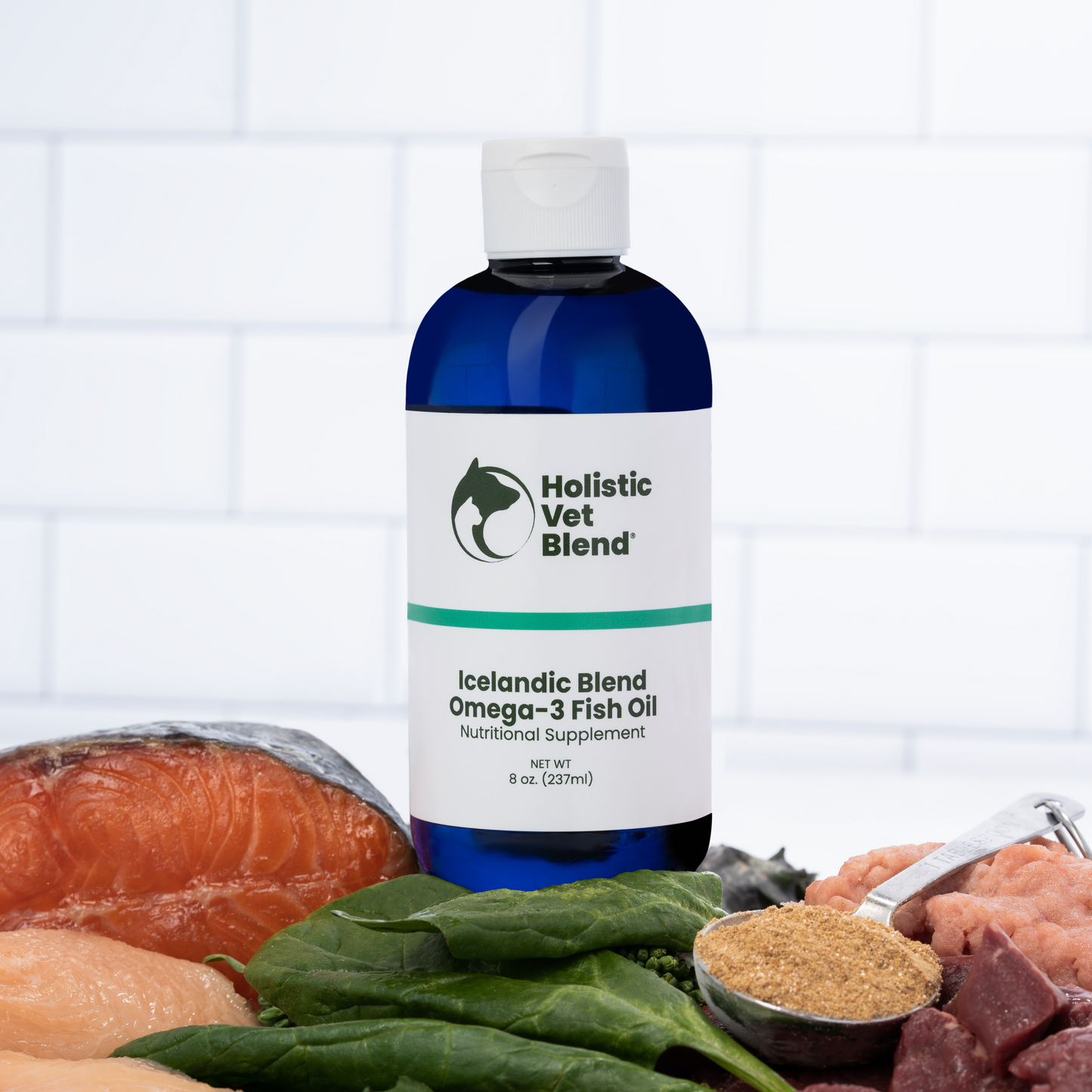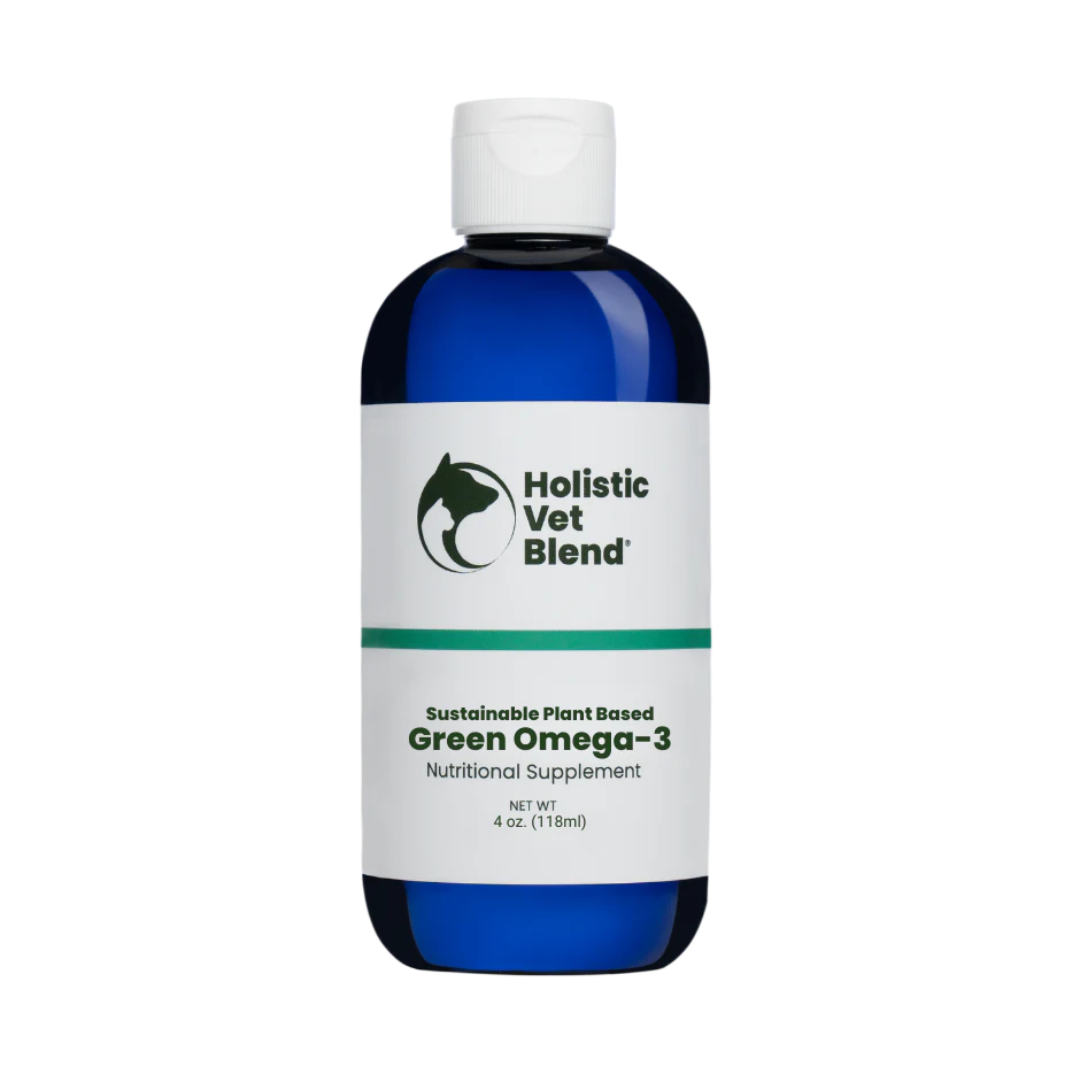
What are the benefits of feeding your dog homemade food for skin allergies?
Feeding homemade food for dog skin allergies allows control over ingredients, ensuring no harmful additives. It helps address allergies by eliminating potential triggers found in commercial food. Homemade diets can be tailored to suit your dog's specific needs, promoting skin health and overall well-being.
Key Highlights
- Homemade dog food recipes can be a solution for dogs with skin allergies as they provide nutrition and help alleviate itchy skin.
- Dogs with allergies can benefit from a diet that includes healthy ingredients such as ground turkey, fatty acids, and coconut oil.
- It's to understand the causes and symptoms of skin allergies in dogs and tailor their diet accordingly.
- Homemade dog food allows pet parents to have control over the ingredients and eliminate potential allergens found in commercial foods.
- By incorporating specific ingredients into homemade dog food recipes, pet parents can support their dog's skin health and overall well-being.
Introduction

Skin allergies in dogs can be troubling for pet parents. Sorting out the cause of the symptoms, such as itchy skin and ear infections, can be a challenge. Food allergies often overlap with environmental allergies, and many dogs have both.
Changing your dog's food to a less processed diet can decrease inflammation. Switching your dog's diet from processed kibble to a homemade or raw diet can help lessen skin inflammation due to several factors, including an improved Omega-6 to Omega-3 fatty acid ratio, reduced advanced glycation end products (AGEs), and potentially better nutrient absorption. Processed kibble often contains high levels of Omega-6 fatty acids, which can promote inflammation.
At the same time, homemade or raw diets can provide a more balanced ratio of Omega-6 to Omega-3 fatty acids, which have anti-inflammatory properties. Additionally, the cooking process used in kibble production can lead to the formation of AGEs, compounds that can contribute to inflammation in the body. By feeding a homemade or raw diet, you can reduce the intake of these potentially inflammatory compounds, leading to overall improvement in your dog's skin health and reduced inflammation.

If your dog's allergy symptoms are caused by an actual food allergy, you can feed a limited-ingredient diet with a novel or unique protein to see if their symptoms improve while on the new diet. This blog will guide you through safe and effective homemade dog food recipes to alleviate discomfort and promote skin health. Let's explore how homemade recipes can benefit your pup's skin and overall well-being.
Understanding Skin Allergies in Dogs

Skin allergies in dogs can result from various factors, such as environmental allergens, flea bite allergies, or certain foods. Symptoms include itchy skin, chronic skin and ear infections, and gastrointestinal discomfort. To determine the underlying cause, an elimination diet may be necessary. This involves feeding novel or new proteins, as most allergies are to protein, and it would be extremely rare to have an allergy to something like carrots or broccoli. Plant proteins such as gluten in wheat can also cause allergy symptoms.
After feeding the new diet for at least 6 weeks to 3 months, and there is significant improvement, it could be a food allergy and not simply a change to a less inflammatory diet. In this case, you can confirm that there is a food allergy by feeding the offending diet that caused the symptoms in the first place. This is often something pet owners do not want to do, but it's how the allergy is confirmed. I would discuss whether you should do this with your veterinarian. Why can't you do a simple blood or hair test, you ask? Ahh, I wish it was that simple!
Are there proven methods to diagnose food allergies?
Food allergy tests for pets lack scientific validation and are not recommended by board-certified veterinary dermatologists. Studies, such as one published in the Journal of the American Veterinary Medical Association in 2019, have shown that these tests, like serum allergen-specific IgE testing, have poor diagnostic accuracy for identifying true food allergies in dogs. Using these tests can lead to false positives, false negatives, high costs, and may result in unnecessary dietary restrictions based on inaccurate information. Veterinary professionals advise against relying on these tests and recommend a systematic approach, including elimination diets and food trials, for managing food allergies.
Nutritional Needs for Dogs with Skin Allergies
To address the nutritional needs of dogs with skin allergies, focus on high-quality, minimally processed proteins like ground turkey or novel proteins like venison, bison, duck or turkey. Incorporate healthy fats like coconut oil or fish oil for skin health. For anti-inflammatory benefits, consider adding hypoallergenic grains like quinoa and nutrient-rich vegetables such as broccoli and kale. Avoid common allergens like gluten, soy, or dairy, and maintain proper moisture levels in the diet.
Allergens to Avoid for Dogs with Skin Allergies
Avoid feeding dogs with skin allergies proteins they have been exposed to and may have developed an allergy to. For example, chicken, beef, dairy, soy, wheat, and corn. Remember that many dogs with food allergies may have been eating the offending diet for years! Avoid processed foods containing artificial additives and preservatives, as they may exacerbate skin issues. Steer clear of dairy products, as lactose intolerance can lead to discomfort and skin problems. Opt for novel alternatives like duck, lamb, venison, turkey, bison, and quinoa (a complete plant protein). Avoid gluten and dairy.
Homemade Dog Food Recipes
When it comes to homemade dog food recipes for skin allergies, it's important to focus on using fresh, high-quality ingredients. By preparing your dog's meals at home, you have full control over what goes into their food, ensuring that it is free from potential allergens and additives. Some safe and effective homemade dog food recipes for allergies include turkey and sweet potato delight, salmon and quinoa medley, beef and pumpkin stew, chicken and rice casserole, lamb and lentil stew, venison and sweet pea blend, whitefish and carrot mix, turkey and oatmeal bake, duck and green bean delight, and homemade bone broth.
You can make the following recipe in the Instant Pot or cook the ingredients separately on the stovetop. Saute' the meat in coconut oil, steam the vegetables, and cook the quinoa separately. Mix all the ingredients together, cool, and add the premix. This applies to all three recipes. You can download a free mini cookbook or purchase one here.
Recipe 1: Sensitive Skin Turkey, Quinoa, Carrots, and Broccoli in the Instant Pot

Ingredients:
- 3 pounds of 85% lean ground turkey
- 2 Tbsp coconut oil
- 8 ounces of broccoli diced into bite-sized pieces
- 1 pound carrots
- 2 cups raw quinoa
- 4 cups bone broth, low salt broth, or water
- 2 tsp HVB Icelandic Blend Omega-3 Fish Oil
- 2 Tbsp/30 grams HVB Canine Limited Premix
Directions:
- Melt coconut oil in the pot using the sauté function.
- Add the turkey to the pot and break it up with a wooden spoon for 2-3 minutes.
- Add the broccoli to the meat and allow it to reduce for 2-3 minutes. Turn off the sauté function.
- Add the carrots and water or broth.
- Add the quinoa, but do not mix in. Allow it to contact the water so you do not allow it to burn.
- Pressure cook on high for 3 minutes.
- Allow the pot to vent naturally.
- Remove the lid and cool the recipe.
- Add the premix and fish oil and mix well.
- Freeze what you will not use in 4 days.
Recipe 2: Hypoallergenic Venison, Quinoa, Carrots, and Kale
Ingredients:
- 3 pounds of venison
- 2 Tbsp coconut oil
- 4 ounces kale (bunch with large stems cut)
- 1 pound carrots
- 2 cups raw quinoa
- 4 cups bone broth, low salt broth, or water
- 2 tsp HVB Icelandic Blend Omega-3 Fish Oil
- 2 Tbsp/30 grams HVB Canine Limited Premix
Directions:
- Melt coconut oil in the pot on the sauté function.
- Add the venison to the pot and break it up with a wooden spoon for 2-3 minutes.
- Add the kale to the meat and allow it to reduce for 2-3 minutes. Turn off the sauté function.
- Add the carrots and water or broth.
- Add the quinoa, but do not mix in. Allow it to contact the water so you do not allow it to burn.
- Pressure cook on high for 3 minutes.
- Allow the pot to vent naturally.
- Remove the lid and cool the recipe.
- Add the premix and fish oil and mix well.
- Freeze what you will not use in 4 days.
Feeding Guide:
Additional Healing Recipes
These recipes are designed to be limited in ingredients and allow you to choose a novel protein. The premix supplement contains calcium, trace minerals, vitamins, and taurine. If you are concerned about a fish allergy, you can substitute Holistic Vet Blend's Green Omega-3, which is an Omega-3 source from algae.
You can download a mini cookbook with recipes here:
Omega-3 Fatty Acids for Skin and Coat
Omega-3 fatty acids are essential for maintaining a healthy skin and coat in dogs. These fatty acids have anti-inflammatory properties that can help reduce itching and redness associated with skin allergies. They also promote a shiny and healthy coat. Fish oil, algae-oil, and krill oil are common source of omega-3 fatty acids. You can also incorporate fish like salmon, sardines, or mackerel into their meals.
Flax Oil For Your Dog's Skin and Coat
It's important to understand that flax, and other plant oils are not the best sources of Omega-3 fatty acids for pets because they contain a type of Omega-3 called ALA (alpha-linolenic acid) that pets are not very efficient at converting into the essential fatty acids EPA (eicosapentaenoic acid) and DHA (docosahexaenoic acid) that they need for optimal health. While humans can convert ALA to EPA and DHA to some extent, pets, such as dogs and cats, have limited ability to do so. This means that relying solely on flax and other plant oils for Omega-3s may not provide pets with sufficient EPA and DHA, which are crucial for supporting their overall well-being, especially brain function, joint health, and a healthy coat. It's recommended to supplement pets' diets with marine-based Omega-3 sources like fish oil or algae oil, which already contain EPA and DHA in a form that pets can readily utilize without relying on the inefficient conversion of ALA.
What is the Omega 6: Omega 3 ratio?
In processed kibble diets, the Omega-6 to Omega-3 ratio is often higher, sometimes ranging from 10:1 to 20:1 or even higher. This high ratio of Omega-6 to Omega-3 fatty acids can contribute to inflammation and skin issues in pets. On the other hand, in a minimally processed diet, such as a raw or homemade diet, the Omega-6 to Omega-3 ratio tends to be lower and more balanced, typically closer to the ideal ratio of 5:1 or lower. This balanced ratio can help reduce inflammation, support healthy skin, and promote overall well-being in pets. By feeding a diet with a lower Omega-6 to Omega-3 ratio, pet owners can potentially help alleviate skin inflammation and improve their pets' skin health.
Will changing from a processed diet to a minimally processed diet help?

Feeding a minimally processed diet, such as a raw or homemade diet, can help minimize inflammation and allergies in pets for several reasons. Firstly, these diets often have a more balanced Omega-6 to Omega-3 fatty acid ratio, which can help reduce inflammation in the body, including the skin. By providing essential nutrients in a more natural and bioavailable form, minimally processed diets can support the immune system and overall health of pets, making them less prone to allergic reactions. Additionally, these diets typically do not contain artificial additives, preservatives, or fillers that can trigger allergic responses in some pets. By opting for a minimally processed diet, pet owners can provide their pets with high-quality, nutrient-dense ingredients that support their well-being, potentially reducing inflammation, allergies, and promoting overall health and vitality.
How to Transition Your Dog to Homemade Food

Transitioning a dog to a homemade food diet requires a gradual process to avoid digestive upsets. Start by mixing a small amount of the homemade food with the dog's current diet and gradually increase the proportion of homemade food over a period of 7-10 days. This allows the dog's digestive system to adjust to the new diet. It's important to monitor the dog's response to the new diet and make any necessary adjustments. If the dog experiences any digestive issues or discomfort, it may be necessary to consult with a veterinarian to determine the cause and make appropriate changes to the homemade diet. Regular monitoring and communication with a veterinarian is important throughout the transition process.
When to See a Vet: Signs of Persistent Allergies

While homemade dog food can benefit dogs with allergies, it's important to recognize when it's necessary to seek veterinary care. If a dog's allergy symptoms persist despite dietary changes, it may indicate a more persistent or severe allergy. A veterinary dermatologist can be helpful in frustrating cases. Ask for a referral for one in your area. They can conduct environmental allergy tests to identify specific allergens and develop a targeted treatment plan.
Food and Symptom Diary

Keeping a food and symptom diary is essential for pet parents of dogs with skin allergies. This diary lets pet parents track the dog's diet, including the specific ingredients and any symptoms or changes observed. By documenting this information, pet parents can identify potential triggers or allergens and adjust the dog's diet. The food and symptom diary can also help veterinarians diagnose and manage the dog's allergies. Here is an example of a food and symptom diary:
|
Date Range |
Protein Source |
Other ingredients |
Brand |
Treats |
Supplements |
Medications |
Symptoms |
|
Week 1 |
Turkey |
Carrots, Broccoli, Quinoa |
Steamed baby carrots |
Heartgard Chew |
Licking paws, shaking head, shedding |
||
|
Week 2 |
|
|
|
|
|
|
Less licking of paws, still head shaking, mild shedding |
|
Week 3 |
|
|
|
|
|
|
|
|
Try not to change anything for at least 3 weeks |
|
|
|
|
|
|
|
|
Week 4-6 continue if the same or some improvement. If worse, consult your veterinarian |
|
|
|
|
|
|
|
|
Week 6-12 |
|
|
|
|
|
|
|
|
Consider a food challenge with the original food to confirm the allergy with your veterinarian's guidance. |
|
|
|
|
|
|
|
You must write everything that goes into your pet's bowl or mouth to determine if there is an allergy. It takes six weeks to 3 months before you can decide about the diet you are feeding. Don't let your family members ruin your allergy trial by feeding treats not allowed on the trial or food from the table to complicate and ruin all of your hard work!
Conclusion
In conclusion, understanding and addressing skin allergies in dogs through proper nutrition is important for their for their well-being. By providing homemade dog food tailored to their specific needs, you can help alleviate symptoms and improve their overall health. Remember to include key ingredients like turkey, salmon, and green beans while avoiding common allergens. Supplements such as omega-3 fatty acids and probiotics can further support skin health. Monitoring your dog's progress and consulting a vet when needed are essential steps in managing skin allergies effectively. With the right approach and care, you can make a positive impact on your furry friend's skin health and happiness.

Frequently Asked Questions
Can homemade dog food cure my dog's skin allergies?
While homemade dog food can alleviate allergies and reduce symptoms, it may not cure them completely. However, homemade dog food allows pet parents to control the ingredients and eliminate potential allergens, which can significantly improve a dog's skin allergies. By providing a balanced and nutritious diet with healthy ingredients, homemade dog food can support skin health and minimize allergic reactions in dogs.

How long does it take to see improvements in my dog’s skin condition?
The time it takes to see improvements in a dog's skin condition can vary depending on the severity of the allergies and the dog's individual response to dietary changes. Pet parents may sometimes notice improvements within a few weeks of switching to a homemade dog food diet. It may take up to 3 months to draw any conclusions.

Are there any risks to switching to homemade dog food?
While homemade dog food can benefit dogs with skin allergies, there are some risks to consider. It's important to ensure the homemade diet as added calcium, vitamins, minerals, and taurine to meet the dog's specific dietary needs. Without proper planning and guidance from a veterinarian, homemade dog food may lack essential nutrients, leading to deficiencies or imbalances. It's also crucial to monitor the dog's health and adjust the diet as needed to avoid any potential risks.
Can I feed my dog a vegetarian diet to avoid allergies?
Feeding a dog a vegetarian diet to avoid allergies is possible, but I do not recommend it. Dogs can survive but it requires careful consideration and attention to nutritional balance, especially taurine which is only found in meat, unless it is synthetic. Dogs are faculative carnivores which means they are capable of deriving nutrients from both animal and plant sources in their diet. Unlike obligate carnivores, which must consume meat to meet their nutritional needs, facultative carnivores have a more flexible diet that can include a combination of animal-based and plant-based foods.
